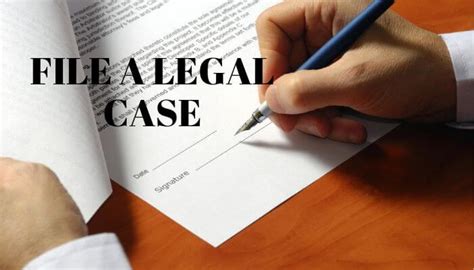From Case File to Courtroom: The Lawyer's Journey
The life of a lawyer is often romanticized in film and television, depicted as a whirlwind of dramatic courtroom battles and last-minute victories. While those moments certainly exist, the reality is a far more nuanced and often arduous journey, beginning long before the gavel falls. This article explores the multifaceted path a lawyer takes, from the initial case file to the courtroom showdown, highlighting the crucial steps and challenges involved.
The Initial Intake: Understanding the Client's Needs
The journey begins not in a bustling courtroom, but often in a quiet office. The initial client meeting is paramount. This isn't just about gathering facts; it's about building rapport, understanding the client's emotional state, and assessing the viability of their case. Effective listening skills are critical; lawyers must discern the core issues amidst personal anxieties and legal jargon. This initial intake dictates the direction of the entire legal strategy.
How does a lawyer determine the strength of a case during the initial consultation?
During the initial consultation, a lawyer assesses several factors to determine case strength. These include the evidence available (witnesses, documents, physical proof), the applicable laws, the credibility of the client and potential witnesses, and the likely actions of the opposing party. They consider potential defenses and evaluate the likelihood of success in court or through negotiation. A strong case will typically have a solid foundation of evidence and a clear legal basis for the claim. Weak cases often lack sufficient evidence or have significant legal obstacles.
Investigation and Discovery: Uncovering the Truth
Once the case is accepted, the investigation phase begins. This often involves meticulous research, gathering evidence, and interviewing witnesses. Discovery, the formal process of exchanging information with the opposing side, plays a crucial role. Lawyers utilize various techniques, including interrogatories (written questions), depositions (oral testimony under oath), and requests for documents, to build a comprehensive understanding of the case. This stage requires meticulous organization and attention to detail; a missed piece of evidence can significantly impact the outcome.
What investigative techniques do lawyers use to gather evidence for a case?
Lawyers employ a wide range of investigative techniques, adapting their approach to the specifics of each case. These can include: interviewing witnesses and obtaining sworn affidavits, conducting background checks, analyzing financial records, reviewing medical records, utilizing forensic specialists (e.g., for digital forensics or DNA analysis), and investigating the scene of an incident (if applicable). The nature and extent of the investigation will depend on the type of case (e.g., criminal, civil, family) and the available resources.
Legal Strategy and Negotiation: Shaping the Case's Trajectory
With the evidence gathered, lawyers craft a comprehensive legal strategy. This involves analyzing the strengths and weaknesses of the case, identifying potential legal arguments, and developing a plan of action. Negotiation often plays a significant role; many cases settle outside of court, saving time, resources, and emotional distress for all parties involved. Skilled negotiators can achieve favorable outcomes through persuasive arguments and strategic concessions.
How do lawyers decide whether to settle a case or go to trial?
The decision to settle or go to trial involves weighing several factors. The strength of the evidence, the potential costs of litigation, the likelihood of success at trial, the client's risk tolerance, and the potential settlement offer all play a role. Sometimes, even a seemingly strong case might be settled to avoid the uncertainties and expenses of trial. Conversely, a weak case might proceed to trial if the potential benefits outweigh the risks.
Courtroom Proceedings: Presenting the Case
If a settlement cannot be reached, the case proceeds to trial. This stage requires meticulous preparation, including witness examination, presentation of evidence, and skillful argumentation. The courtroom is a dynamic environment, demanding quick thinking, adaptability, and the ability to communicate complex legal concepts clearly and persuasively. Lawyers must effectively present their case to the judge or jury, navigating objections and countering opposing arguments.
Beyond the Verdict: Post-Trial Procedures and Appeals
Even after a verdict, the lawyer's work isn't necessarily complete. Post-trial motions, such as requests for a new trial or a judgment notwithstanding the verdict, may be filed. If the outcome is unfavorable, an appeal to a higher court may be pursued. This process requires a thorough understanding of appellate procedure and the ability to articulate persuasive arguments on points of law.
The journey from case file to courtroom is a complex and demanding one, requiring a diverse skillset and unwavering dedication. It’s a journey that demands meticulous preparation, strategic thinking, and a deep understanding of the law, all while upholding the ethical responsibilities of the profession.

